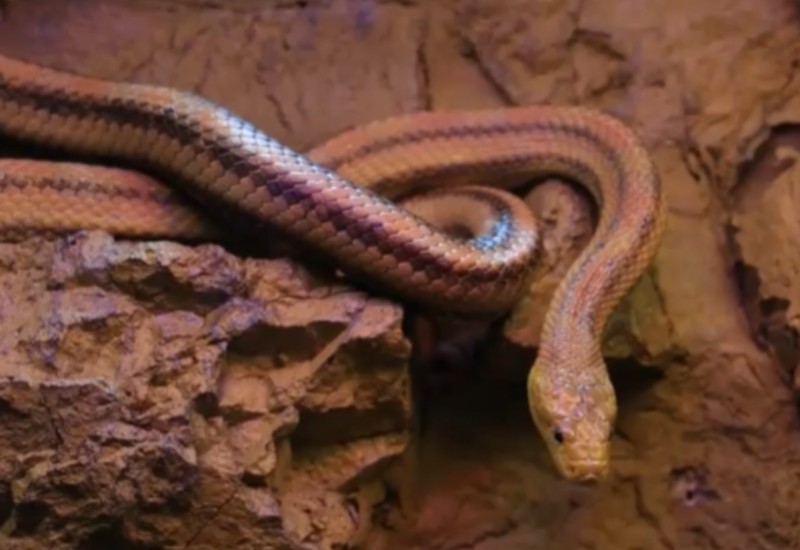
Snakes are animals that will often find their way into the yards and gardens of people, and they can be in a variety of different sizes, from just a few inches to larger snakes that can be several feet in length. Because of the potential threat that can come with venomous snakes, it is natural for people to want to be cautious with this kind of animal, and trying to avoid direct contact is why many people will use a snake trap. As snakes are predators and will only eat live prey, these can be a little more difficult to use effectively, as you cannot simply place food as bait, as this will not attract the snake, so the location of the trap is very important here.
The Best Types Of Traps To Deal With A Snake
When you look at the types of trap that are commercially available to help people to catch snakes, the most common ones are adhesive traps and maze traps, and both are known to be effective at catching snakes. The adhesive trap is usually a simple plastic box that is a few inches high, and when the snake slithers in it gets caught in the adhesive, allowing for it to be transported to another location, and can then be released using vegetable oil to undo the adhesive. Maze traps allow the snake to slither in to a maze in a box, but as snakes cannot really move backwards around corners, they are then stuck in the maze until they are released.
Can You Make An Adhesive Trap?
Technically, yes you can make an adhesive trap yourself, and the principle is very simple as effectively all you will need is a board or piece of card on which you can spread the adhesive, which is then used to catch the snake. Most people however will prefer to use a box or something to cover the trap, as the idea of handling a board with a snake stuck to it isn’t always pleasant. However, as you will need to buy a special adhesive to do this, unless you have many snakes to deal with, the cost of a commercial trap may be less than the cost and time of making your own.
Making A Maze Trap
These traps will need to be tailored to the snake that you are trying to catch, as if the spaces between the walls of the maze are too big, then the snake will be able to turn around and slither back out again. The walls of the maze will need to be of a sturdy material such as wood, and it doesn’t need to be complex in terms of the maze, just a simple path spiraling inward will be enough for the design. It is best to have one with a cover for transport, as this will reduce the chances of coming into contact with the snake and risking a nasty bite.
How To Release A Trapped Snake
You should look for a location that is at least ten miles away from your property, and in a rural location well away from any other homes or commercial premises where the snake could become a nuisance again. The adhesive traps allow the snake to be released when vegetable oil is poured over the snake, loosening the adhesive, while with a maze trap you should remove the cover, and then move well out of the way. Watch the trap and make sure that the snake is well clear before you go back in order to recover the trap, as it may be frustrated at having been trapped for such a period.
Go back to the snakerid.com home page.
Copyright 2021 - snakerid.com
Snake Rid